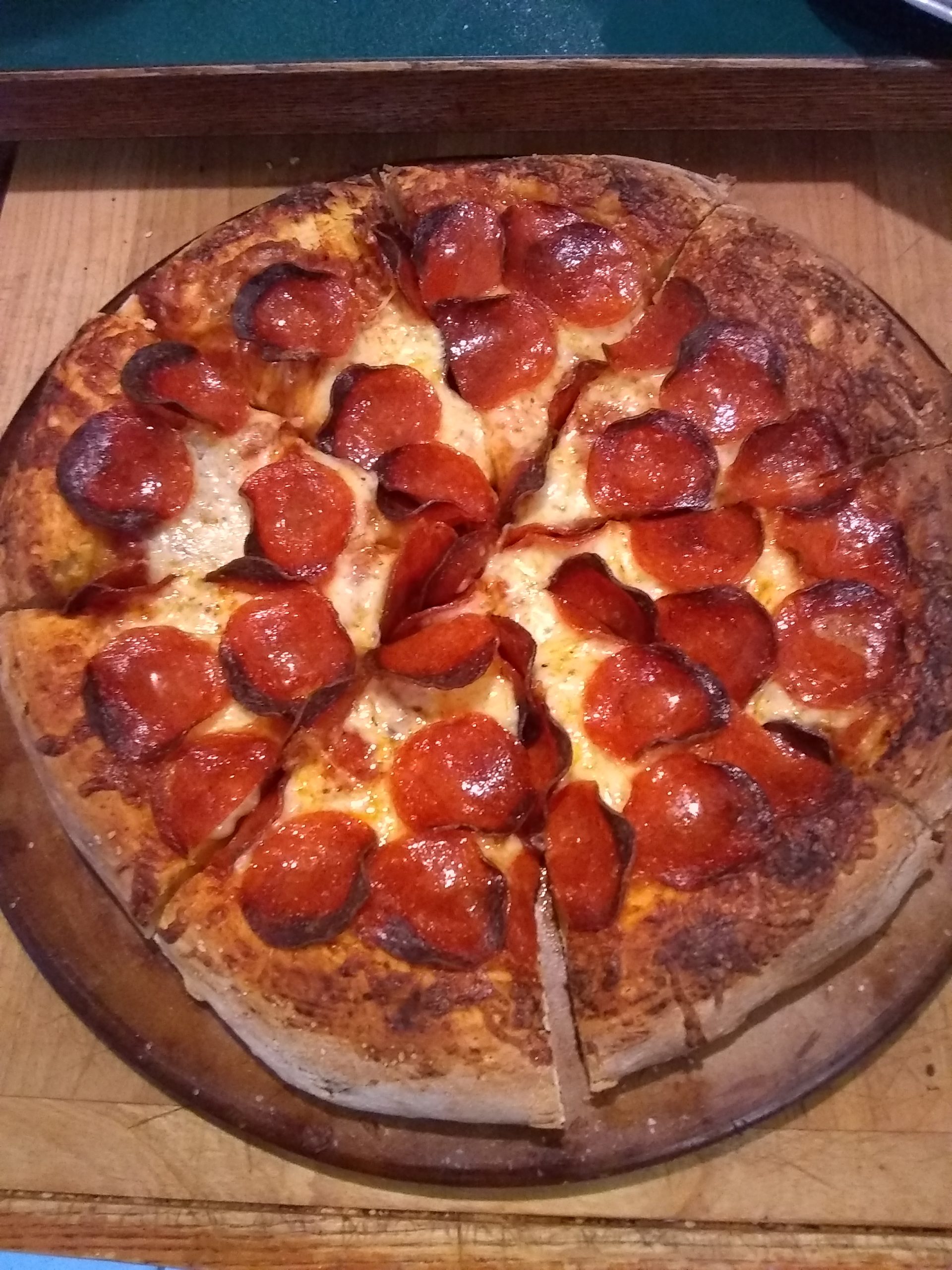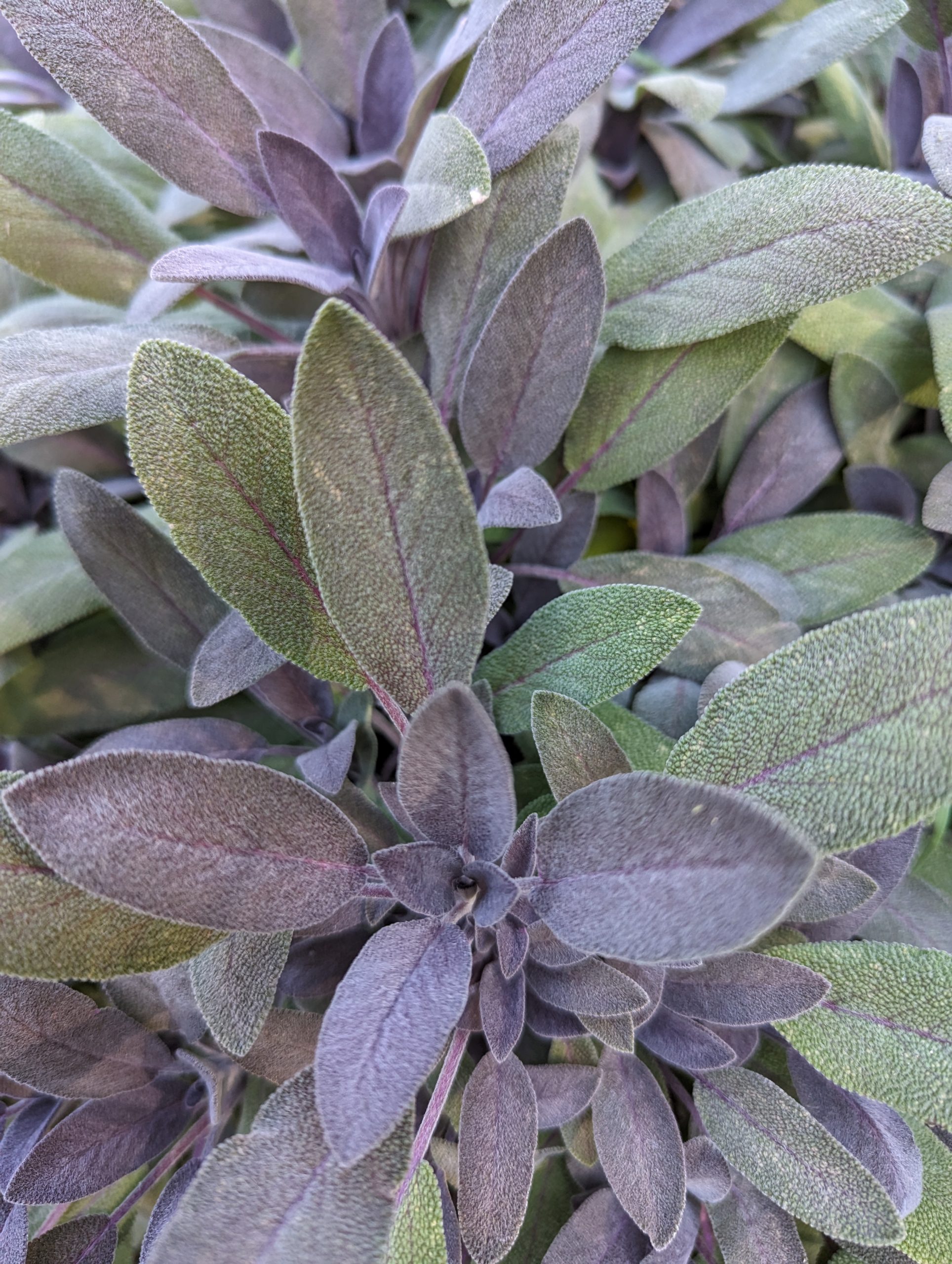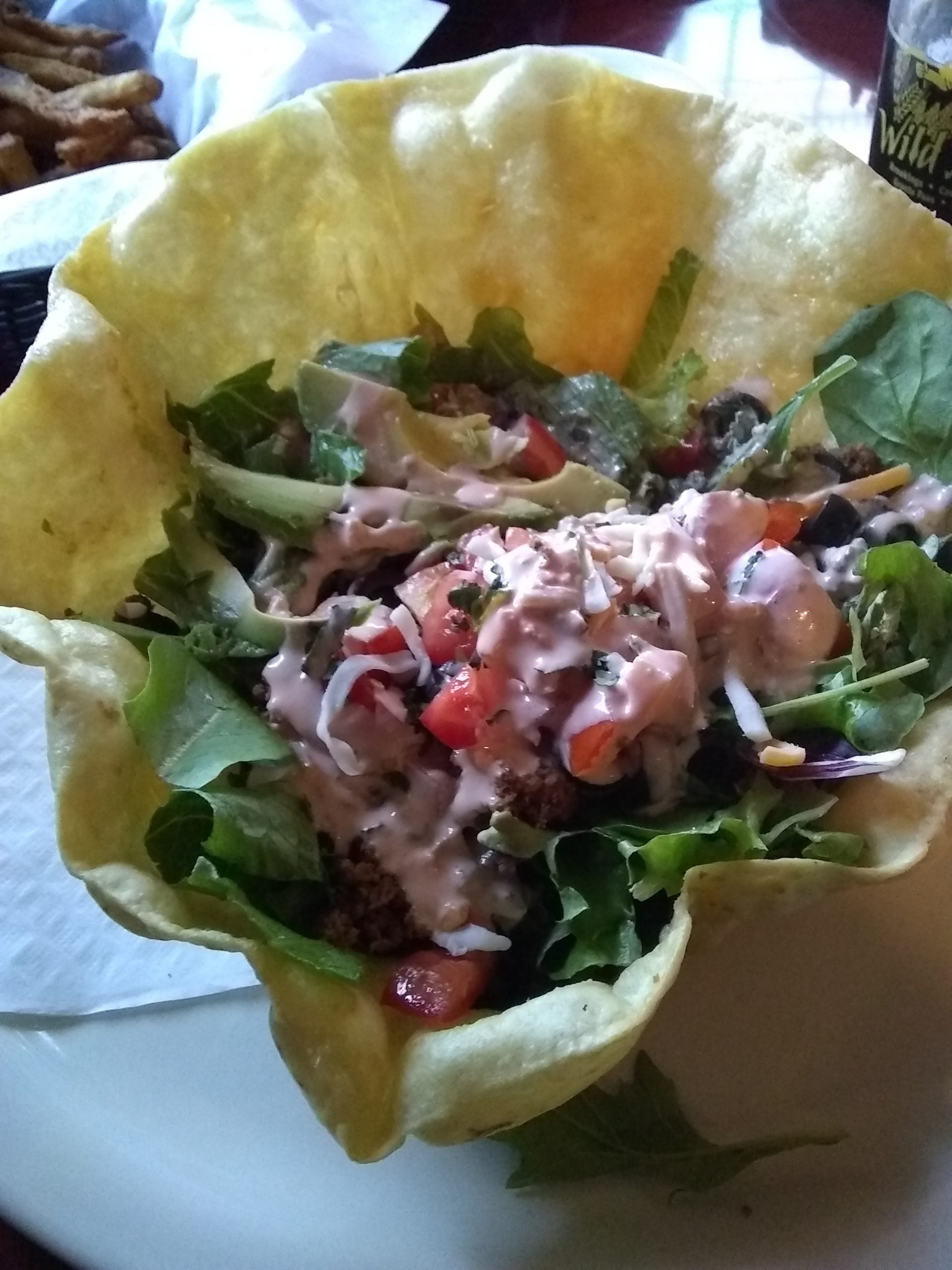
Pizza often gets a bad rap as an unhealthy indulgence, synonymous with fast food and late-night cravings. However, the truth is, when made at home with fresh ingredients, pizza can be a delicious and nutritious meal that brings families together. Let’s explore why homemade pizza is a healthier choice and how you can easily create it in your own kitchen.
The Unhealthy Reputation
Pizza’s reputation as junk food primarily stems from the fast-food industry. Many commercially available pizzas are loaded with excessive amounts of salt, unhealthy fats, and processed ingredients. The convenience of delivery and frozen options often means compromising on nutritional value. These pizzas are designed to be quick and easy, often sacrificing quality for speed and taste for preservation.
The Healthy Alternative: Homemade Pizza
Making pizza at home allows you to control every aspect of the preparation, from the crust to the toppings. Here are some key reasons why homemade pizza is a healthier option:
- Quality Ingredients: You can choose fresh, high-quality ingredients. Opt for whole wheat or gluten-free crusts, fresh vegetables, lean meats, and low-fat cheeses.
- Portion Control: By making your own pizza, you can control the portion sizes, ensuring you eat a balanced meal without overeating.
- Less Salt and Sugar: Commercial pizzas often contain high levels of salt and sugar. Homemade versions allow you to limit these additives, making for a healthier meal.
- Healthier Cooking Methods: Baking your pizza at home means you can avoid the excessive oils and fats often used in restaurant or frozen pizzas.
- Customization: Tailor your pizza to your dietary needs and preferences. Whether you’re vegetarian, vegan, or following a specific diet, you can customize your pizza to fit your lifestyle.
- Convenience: You can even prepare the dough in advance and freeze it, making future pizza nights a breeze.
A Simple Homemade Pizza Recipe
Making pizza at home is easier than you might think. Here’s a simple recipe to get you started:
Ingredients:
- Crust: 2 cups whole wheat flour, 1 packet of active dry yeast, 1 cup warm water, 1 tablespoon olive oil, 1 teaspoon salt
- Sauce: 1 can of crushed tomatoes, 1 garlic clove (minced), 1 tablespoon olive oil, salt, and pepper to taste
- Toppings: Fresh vegetables (like bell peppers, onions, mushrooms), lean proteins (like grilled chicken or turkey sausage), and low-fat mozzarella cheese
Instructions:
- Prepare the Dough: In a large bowl, dissolve the yeast in warm water and let it sit for about 5 minutes. Add the flour, olive oil, and salt. Mix until a dough forms. Knead the dough on a floured surface for about 10 minutes, then place it in a greased bowl, cover, and let it rise at room temperature for 1 hour. After this initial rise, transfer the dough to the refrigerator and let it slow rise for 1 to 3 days. This slow fermentation process enhances the flavor and texture of the dough.
- Freeze the Dough (Optional): If you want to prepare the dough for future use, after the slow rise in the refrigerator, divide it into portions, wrap each portion tightly in plastic wrap, and place them in a freezer bag. The dough can be frozen for up to 20 days. When you’re ready to use it, thaw the dough in the refrigerator overnight and let it come to room temperature before proceeding.
- Make the Sauce: In a saucepan, heat the olive oil over medium heat. Add the minced garlic and cook until fragrant. Stir in the crushed tomatoes, salt, and pepper. Let it simmer for 15-20 minutes.
- Assemble the Pizza: Preheat your oven to 475°F (245°C). Remove the dough from the refrigerator (or thawed dough from the freezer) and let it come to room temperature for about 30 minutes. Roll out the dough on a floured surface to your desired thickness. Transfer the dough to a baking sheet or pizza stone. Spread the tomato sauce evenly over the dough, then add your toppings and cheese.
- Bake: Bake the pizza in the preheated oven for 12-15 minutes, or until the crust is golden and the cheese is bubbly.
- Enjoy: Let the pizza cool for a few minutes before slicing and serving.
Bringing It All Together
Making pizza at home is not only healthier but also a fun activity that can involve the whole family. From kneading the dough to choosing toppings, everyone can have a role in creating a meal that’s both delicious and nutritious.
So next time you’re craving pizza, skip the takeout and make it at home. With fresh ingredients and a little creativity, you can enjoy a meal that’s good for your body and your taste buds. Remember, pizza doesn’t have to be junk food – with the right approach, it can be a wholesome, satisfying part of your diet. And with the option to freeze the dough, you can have a quick and healthy pizza night anytime you like!







